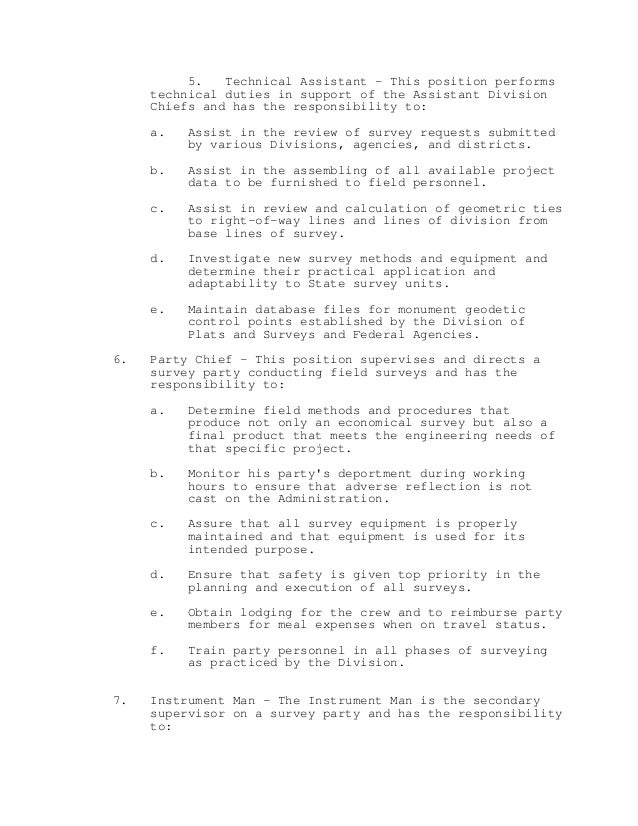Manual For Streets Visibility Calculator
Manual for Streets 2 Manual for Streets 2 - Wider Application of the Principles, a companion guide to Manual for Streets, was published by the in September 2010. The document is endorsed by the Department for Transport, the Homes and Community Agency, the Welsh Assembly Government Commission for Architecture and the Built Environment, the Association of Directors of Environment, Economy, Planning and Transport and English Heritage. Manual For Streets 2 has been specifically created to help fill a perceived gap in design guidance between Manual For Streets (which focuses on residential streets) and the (which is concerned with roads generally outside of the residential environment such as trunk roads and motorways). Whilst the Design Manual for Roads and Bridges is the design standard for Trunk Roads and Motorways in Great Britain, its application to non-trunk routes is rarely appropriate for highway design in built up areas, regardless of the level of traffic volumes. Manual For Streets 2 does not supersede Manual For Streets, rather it explains how the principles of Manual For Streets can be applied more widely, exploring in greater detail how and where its key principles can be applied to busier streets and roads both in urban and rural locations up to, but not including, trunk roads.
Manual For Streets 2

Manual For Streets 2 builds on the original principles of balancing movement and place status at any particular location by examining common street types in different contexts to demonstrate how context and user needs inform a balanced approach to design. Manual For Streets 2 provides additional clarification on issues relating to Highway Design, Risk and Liability. Manual For Streets 2 contains further detailed design guidance on geometric and other parameters for new and improved highways. Although numerical values are given, designers are encouraged to take a flexible approach to their interpretation and application, thinking through for themselves the likely outcome of any course of action based on experience and local circumstances.
Manual For Streets 2 Visibility Splays The MTTS fails to adequately assess visibility splays, for the proposed Department for Transport's Manual for Streets (MfS) and. Document summary Manual for Streets 2 - Low Res, 5653KB. Download document. You will need Adobe Reader to view the document, if you dont have it you can download it.
In preparing schemes Manual For Streets 2 recommends that designers should consider the layout in totality, including the relationship of the highway to its surroundings, both in urban and rural areas. The highway should not be seen in Isolation or simply as a piece of infrastructure. The best highway designs respect their surroundings – the buildings, open space and pedestrian/cycle routes that pass through them. Specific guidance is given in Manual For Streets 2 relating to:- Pedestrian Needs and Footways Pedestrian routes need to be direct, connected and clutter free following desire lines as closely as possible, including cross junctions. Walking has been identified as the most important mode of travel at the local level offering the greatest potential to replace short car trips, particularly those under 2 kilometres. The (NPPF March 2012) encourages developments which give priority to pedestrian and cycle movements and have access to high quality public transport facilities. Walking and pedestrian needs is a primary consideration in the of new developments when making planning applications and for the development of.
Cycle Facilities Cyclists should generally be accommodated on the carriageway with direct, barrier free routes which follow desire lines. Junctions should be designed to accommodate cyclists needs. It is widely considered that cycling has the potential to substitute for short car trips, particularly those under 5km, and form part of a longer journey by public transport.
Cycling is another key issue in assessing the sustainability of a development location in the Transport Assessment and the development of Travel Plans and as previously stated developments which give priority to this mode of transport are to be encouraged under national planning policy. Bus Facilities Bus routes and stops form key elements within walk able neighbourhoods. Routes should be direct and reasonably straight. Bus stops should be high-quality places that are safe and comfortable to use and highly accessible by all people.
The availability and use of public transport is a very important ingredient in determining locational policies designed to reduce the need for travel by private car. Local authorities should aim to establish high quality, safe, secure and reliable network of routes, with good interchanges, which matches the pattern of travel demand in order to maximise the potential usage of public transport. NPPF states that developments need to maximise the use of sustainable transport modes which includes public transport. Manual For Streets identifies measures such as bus priority lanes and bus boarders designed to reduce bus journey times.
The Transport Assessment of new developments will audit available public transport facilities including bus, rail and taxis and recommends mitigation measures where deficiencies in provision are identified. Manual For Streets builds on national guidelines in identifying that providing good bus services, particularly in urban areas, is fundamental to achieving more sustainable patterns of movement that reduced peoples reliance on the car. This is the primary aim of Travel Plans. Carriageways Design speed in urban areas should generally not exceed 30mph (50 kph) and speed limits of 20mph are now becoming commonplace.